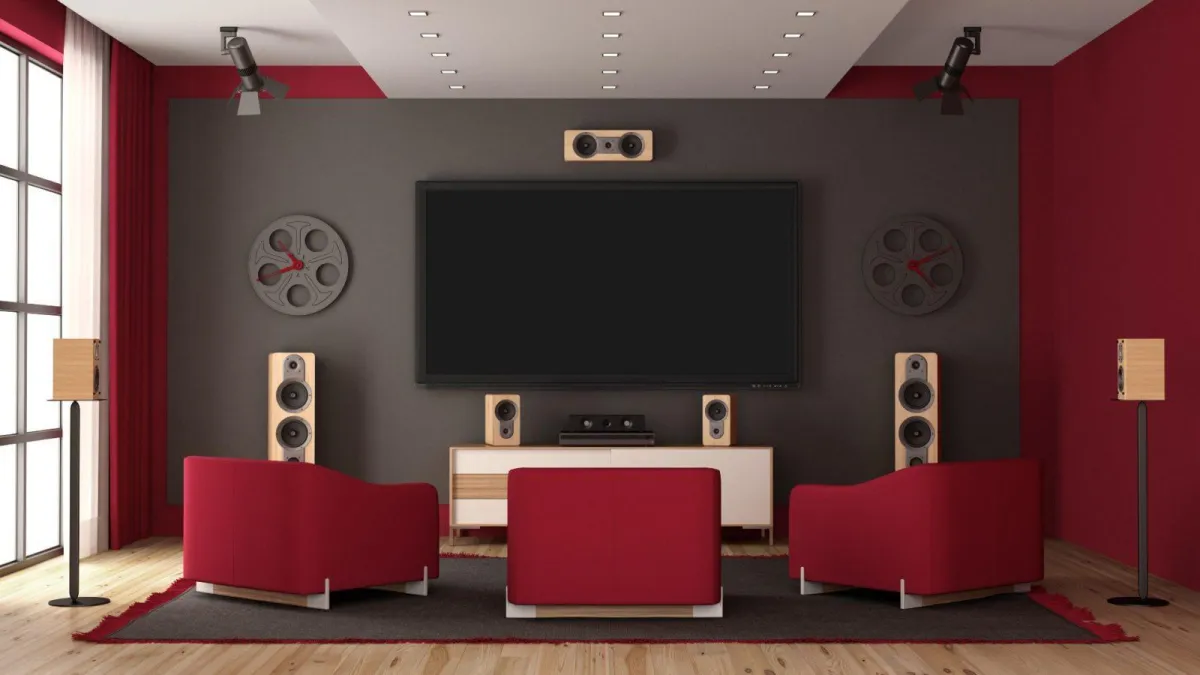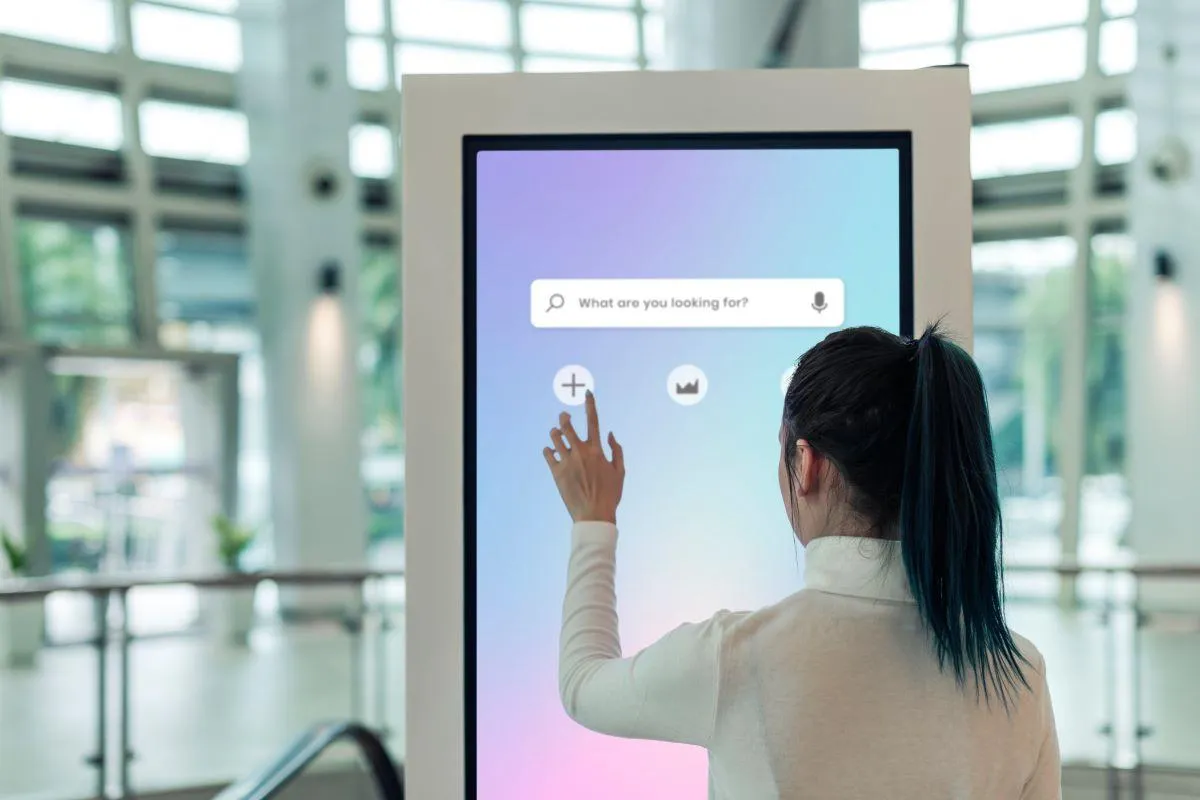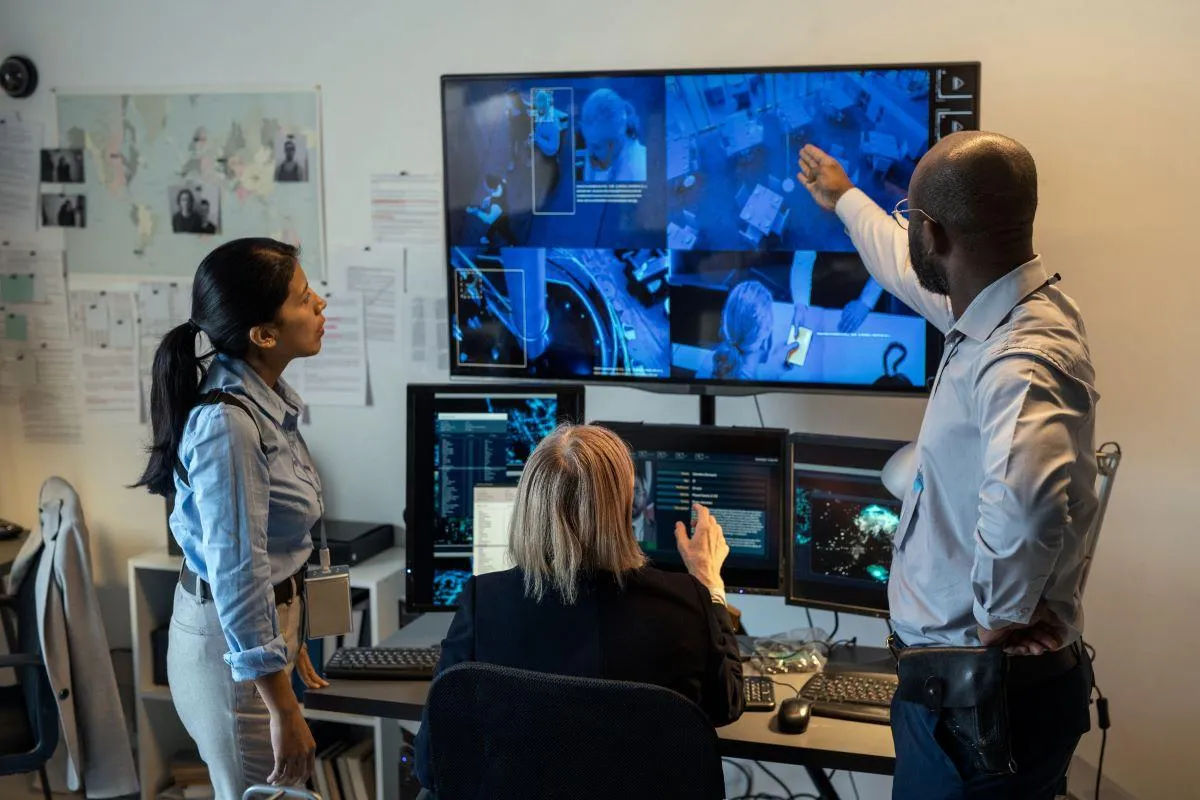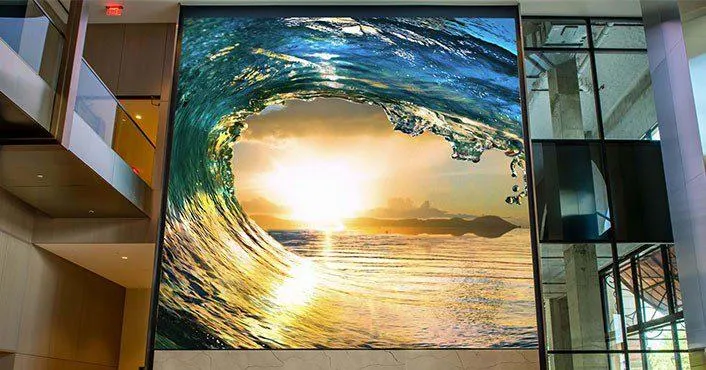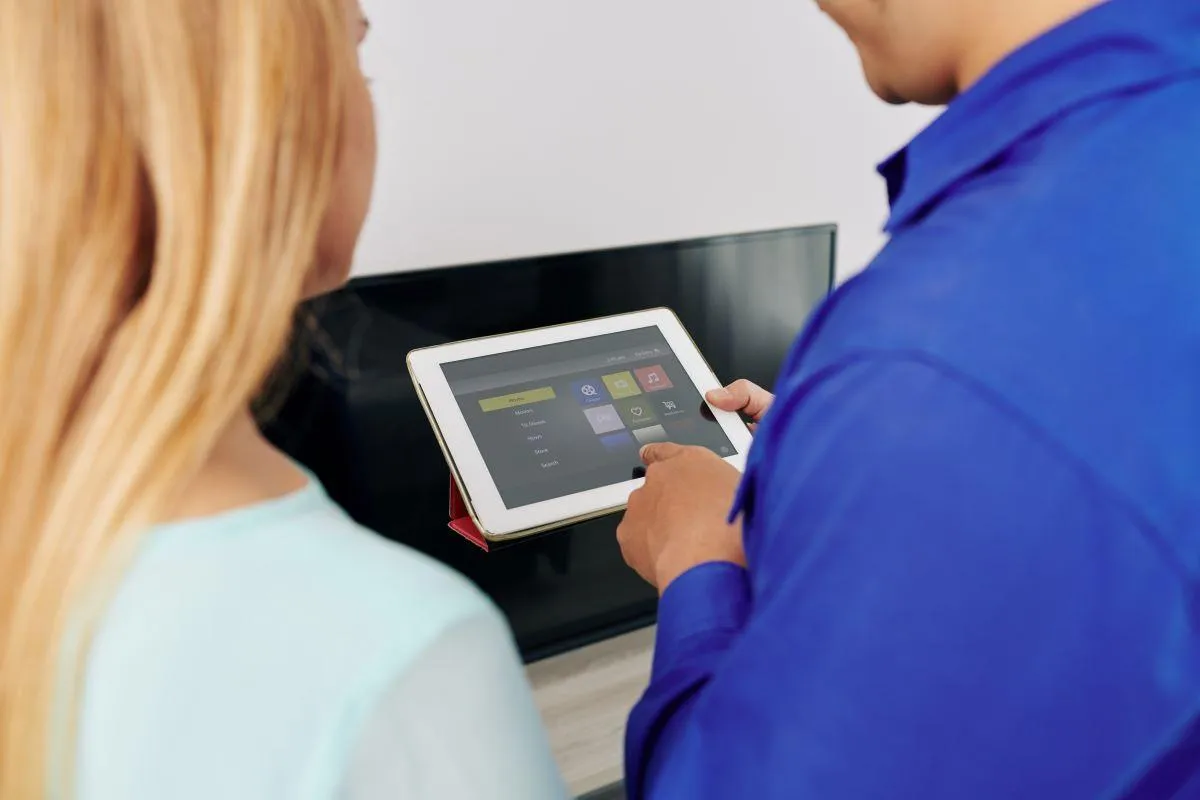The Soundtrack to Your Life: A Guide to Home and Commercial Audio
Tired of moving speakers? Craving high-quality sound throughout your home? Explore whole-house audio systems! This guide unveils the advantages: effortless control, multi-room music, and a wireless setup that blends with your decor. Plus, discover the surprising link between multi-room audio and increased happiness.

